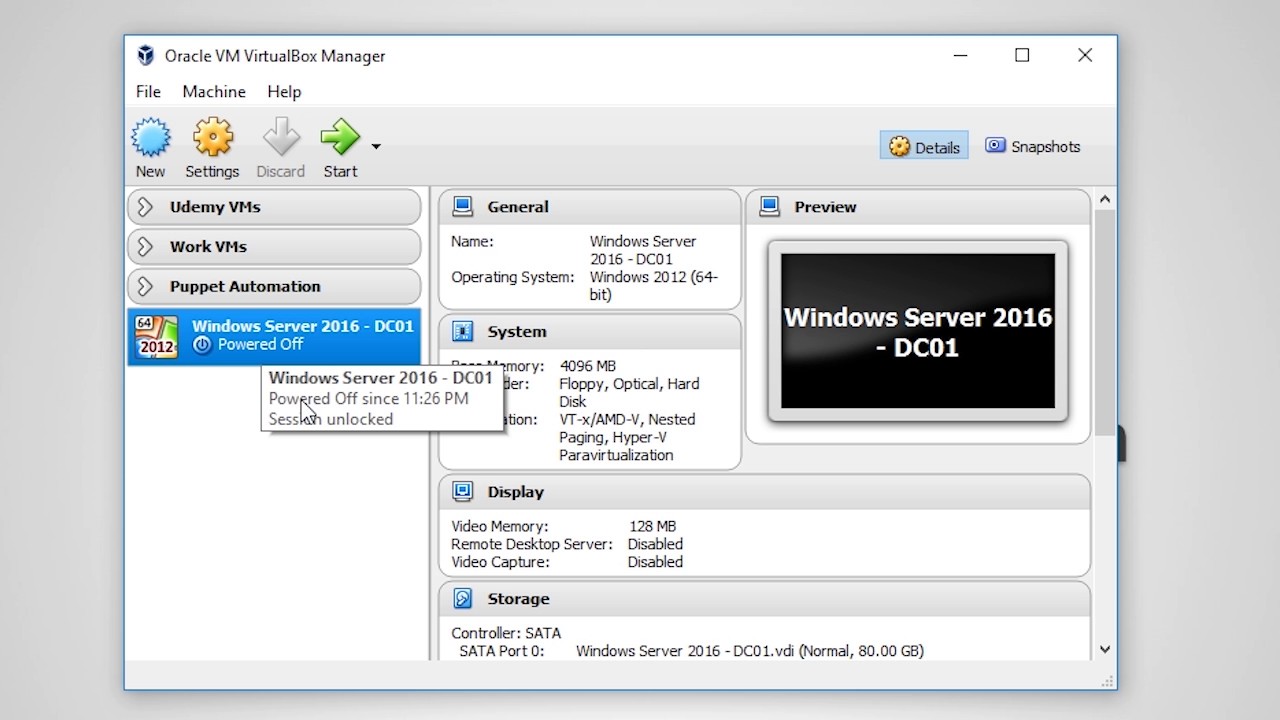

When the Optional Features opens up, just check the “ Hyper-V” option to enable all the features of Hyper V. On the left-hand side, click on “ Turn Windows features on or Off“.Ĥ. After that, write this run-command and hit Enter. First of all, press the Windows key+R keys together.Ģ. Once your computer boots up normally, open the VM Virtual Box and try to create a new session. Now, you have to select “ Yes” to finally save and exit the bios settings on your computer. SVM Mode is the Secure Virtual Machine mode.ħ. Here you will see the ‘SVM Mode’ on your screen. Next, click on the “ Advanced Core settings“.ĥ. In the ‘M.I.T’ tab, go to the “ Advanced Frequency Settings“.Ĥ. After that, select “ Yes” to finally save and exit the bios settings on your computer.ģ. Again, press the key that is associated with it to save the settings.Ħ. If you can’t find the ‘Virtualization’ option in the ‘Advanced’ tab, you can find it in the “ Performance” tab.ĥ. (In some computers, you may notice ‘SVM Mode’ instead of ‘Virtualization’ settings. Next, select the “ Virtualization” from the list and set it to “ Enabled“. When the BIOS setup opens up, go to the “ Advanced” tab *.Ĥ. Pressing the allocated key will bring up the BIOS screen on your computer.ģ. * NOTE– The actual key to access the BIOS settings may vary from manufacturer to manufacturer. Once the system is booting up, just press the “ Delete“ * key from your keyboard to open the bios setup on your computer. One of the key requirements of Hyper-V is the activation of the Virtualization in the BIOS.ģ.



 0 kommentar(er)
0 kommentar(er)
